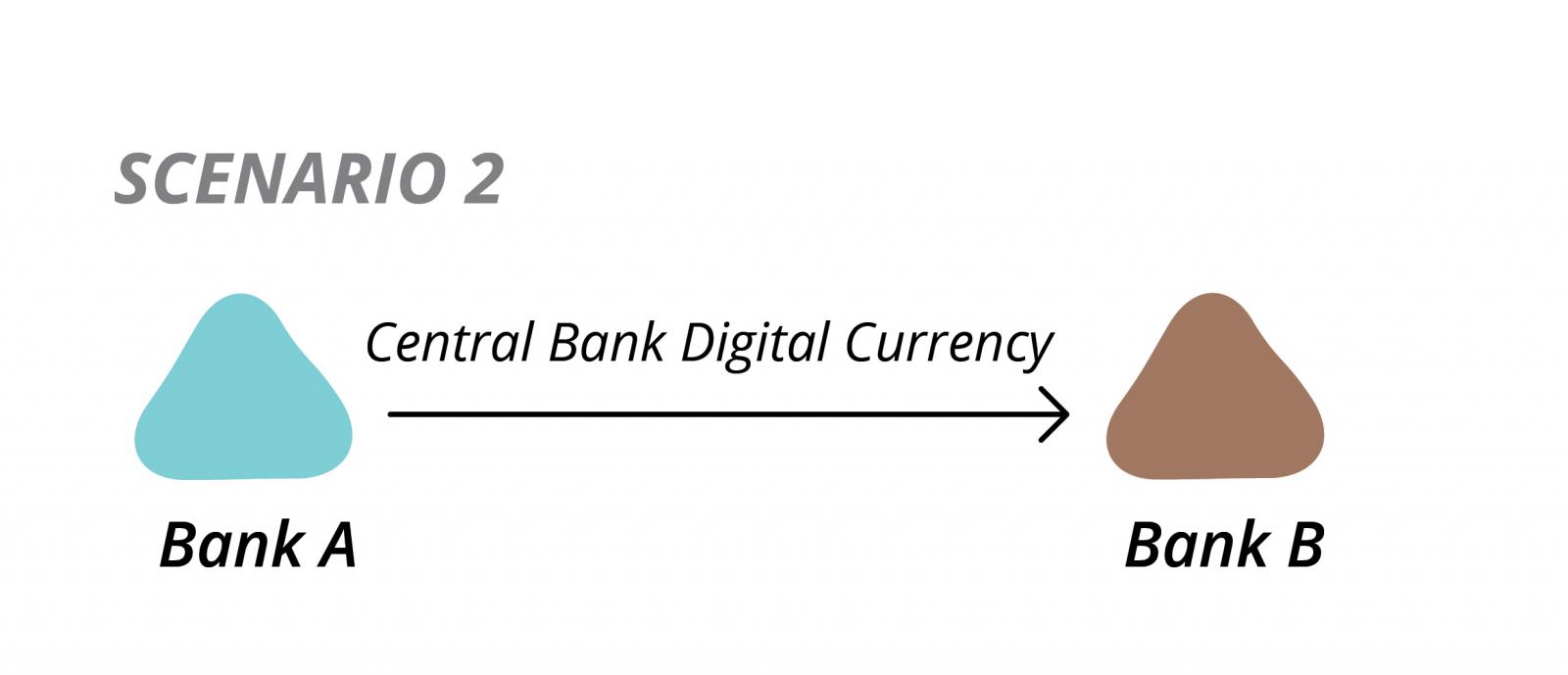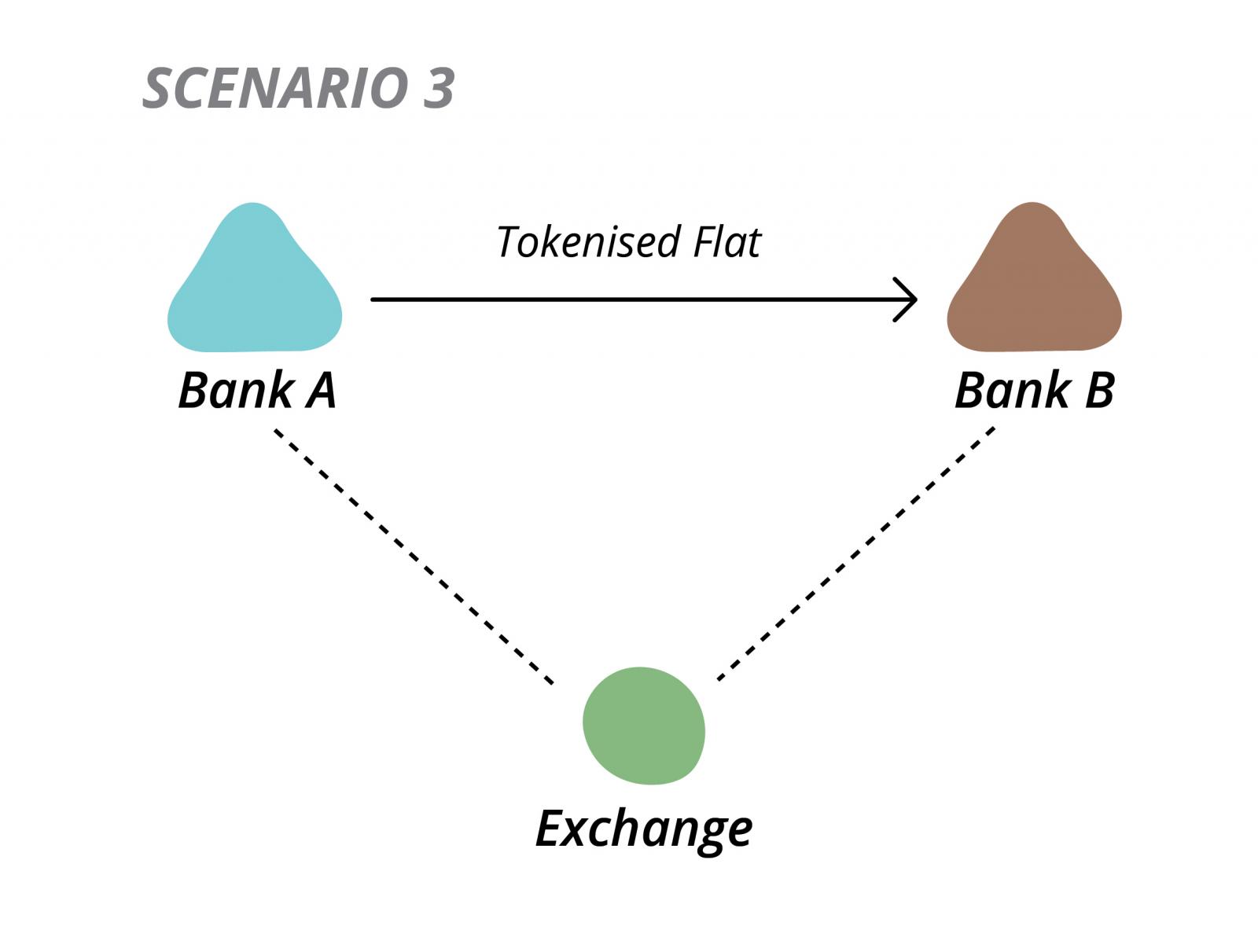Blockchain
Blockchain for Grown-Ups: The Multiverse is Coming





Disclaimer: The statements and opinions expressed in this article are those of the author(s) and do not necessarily reflect the positions of Thoughtworks.
